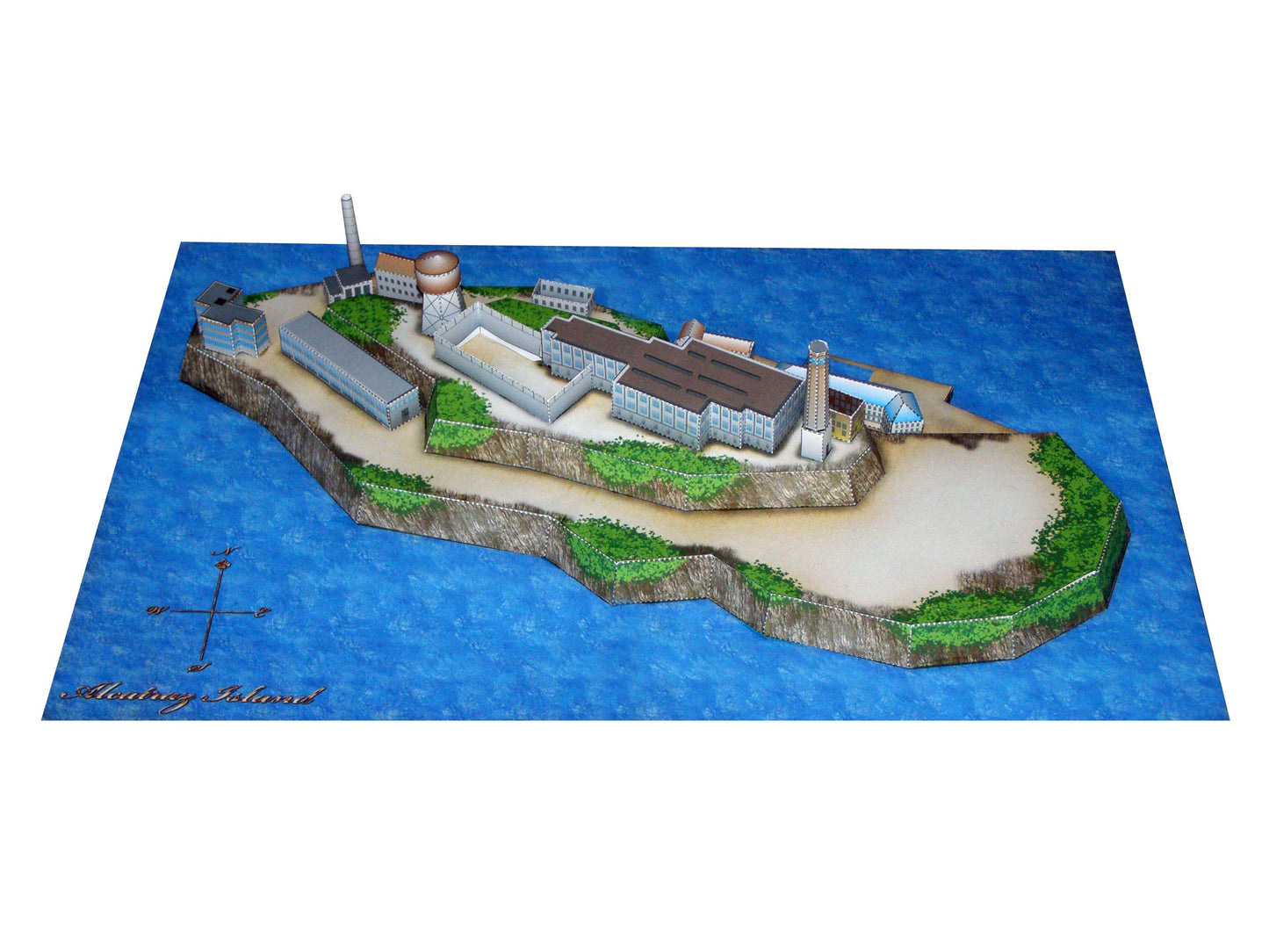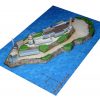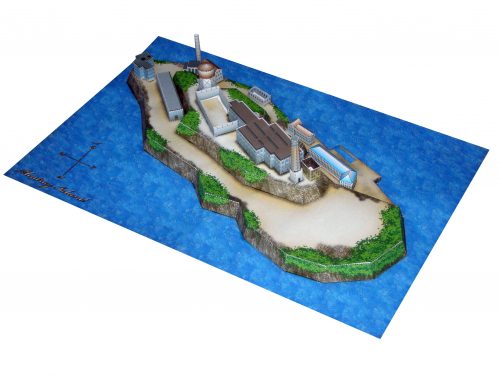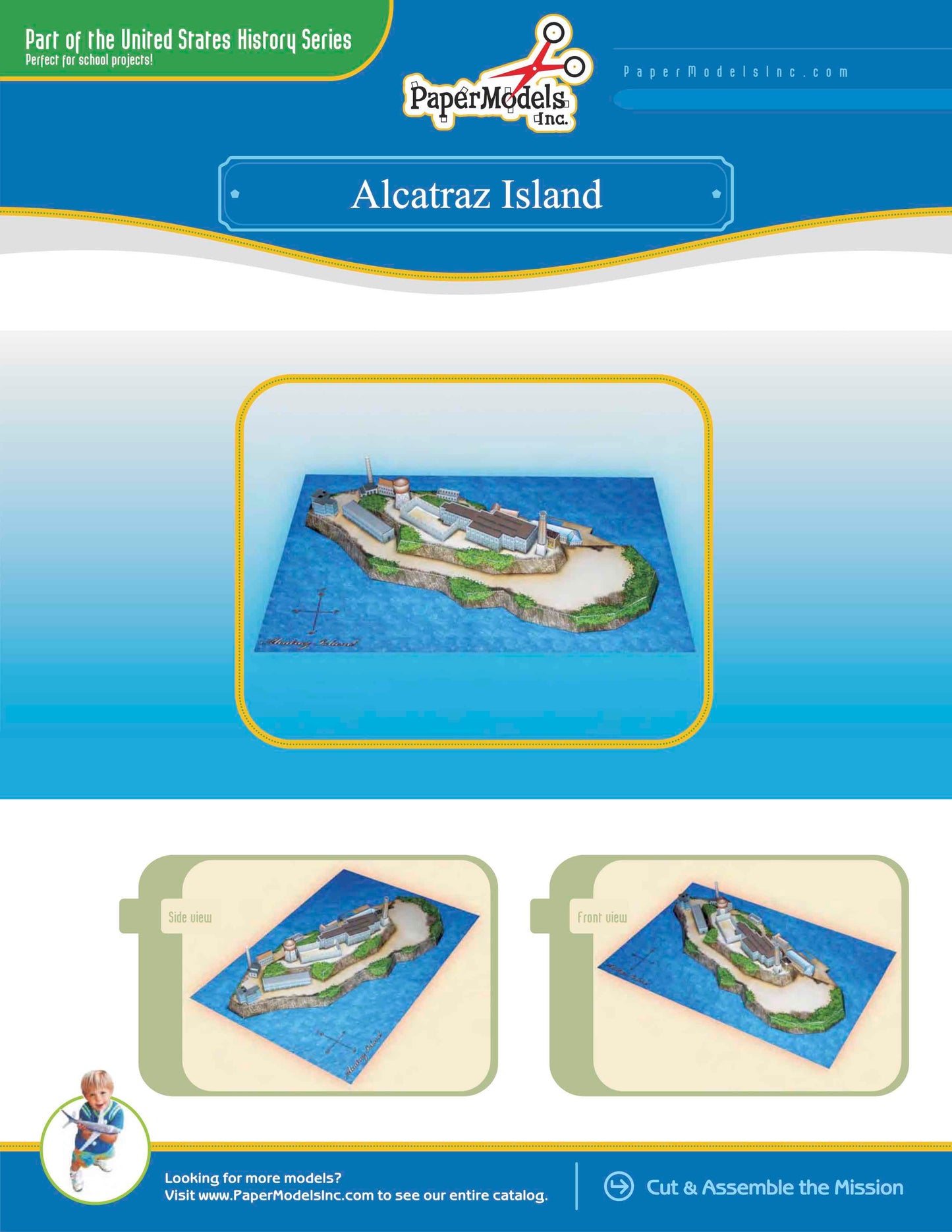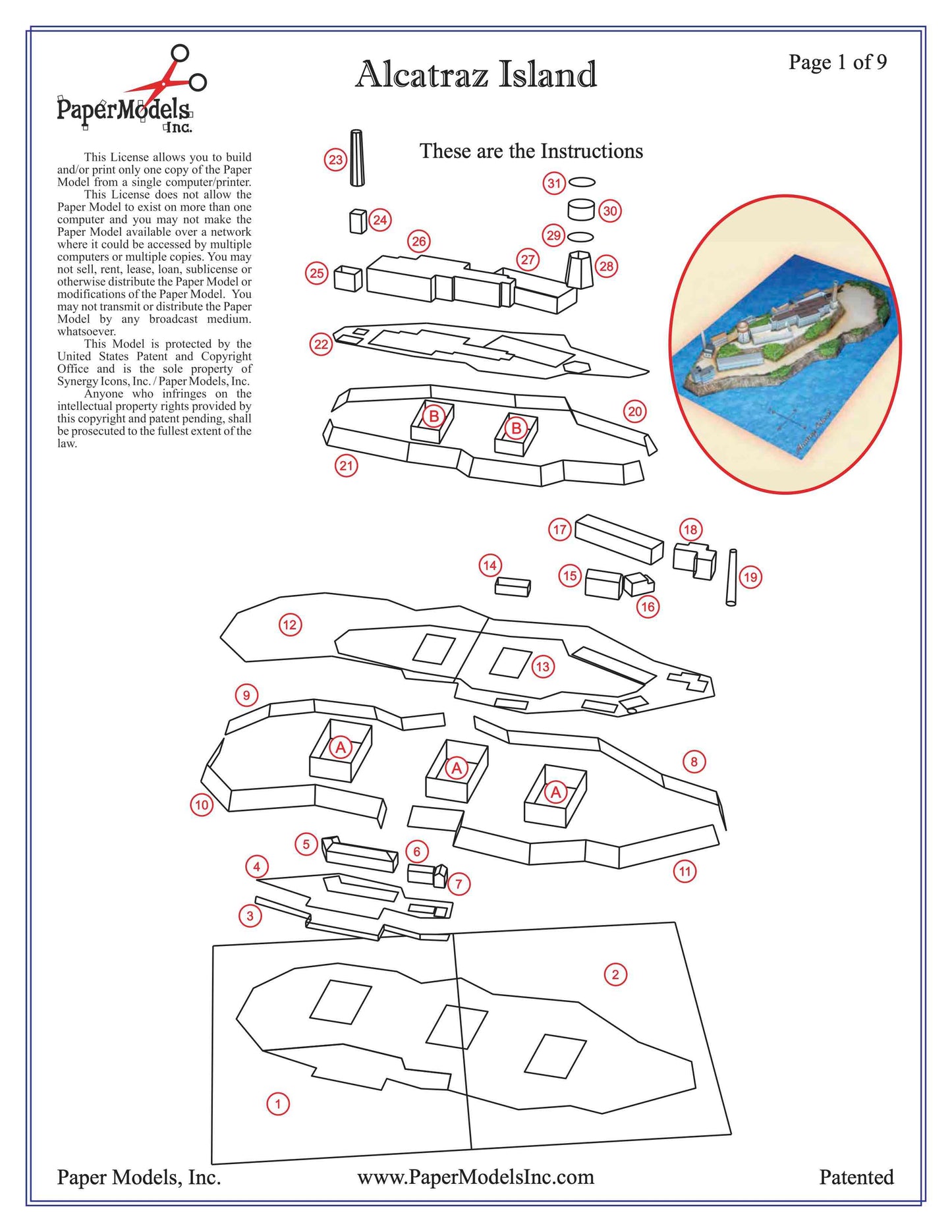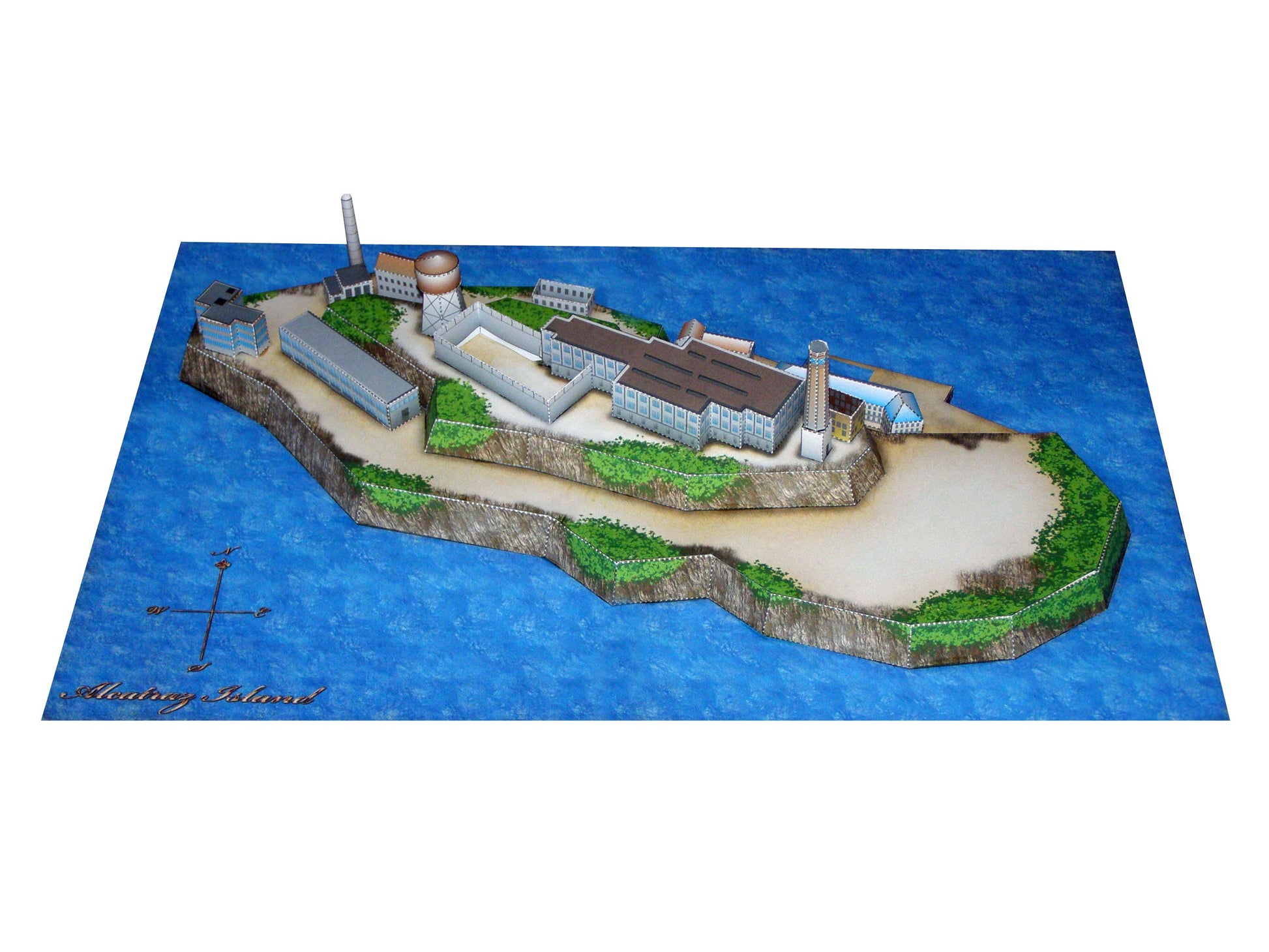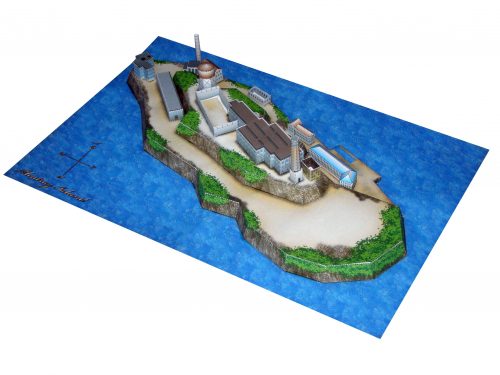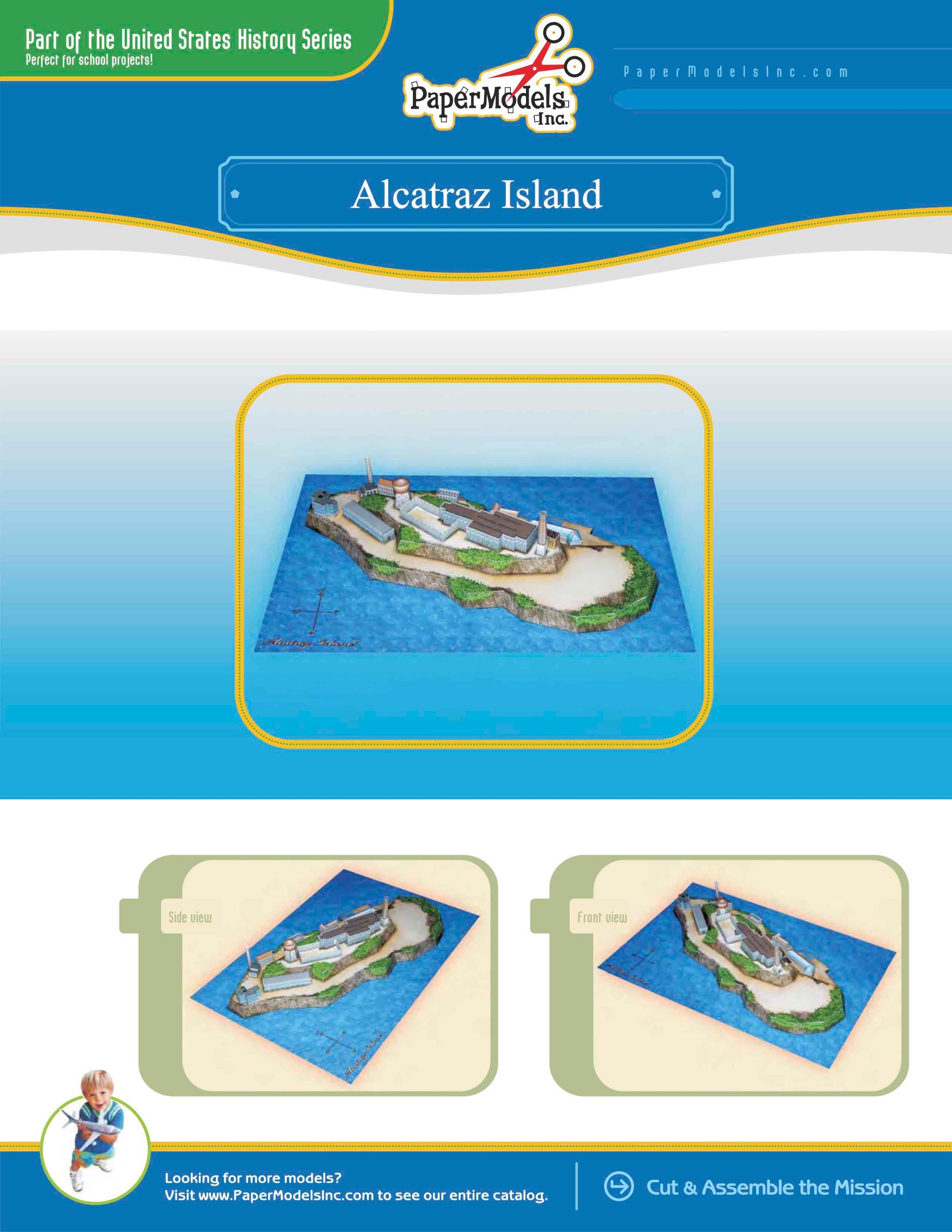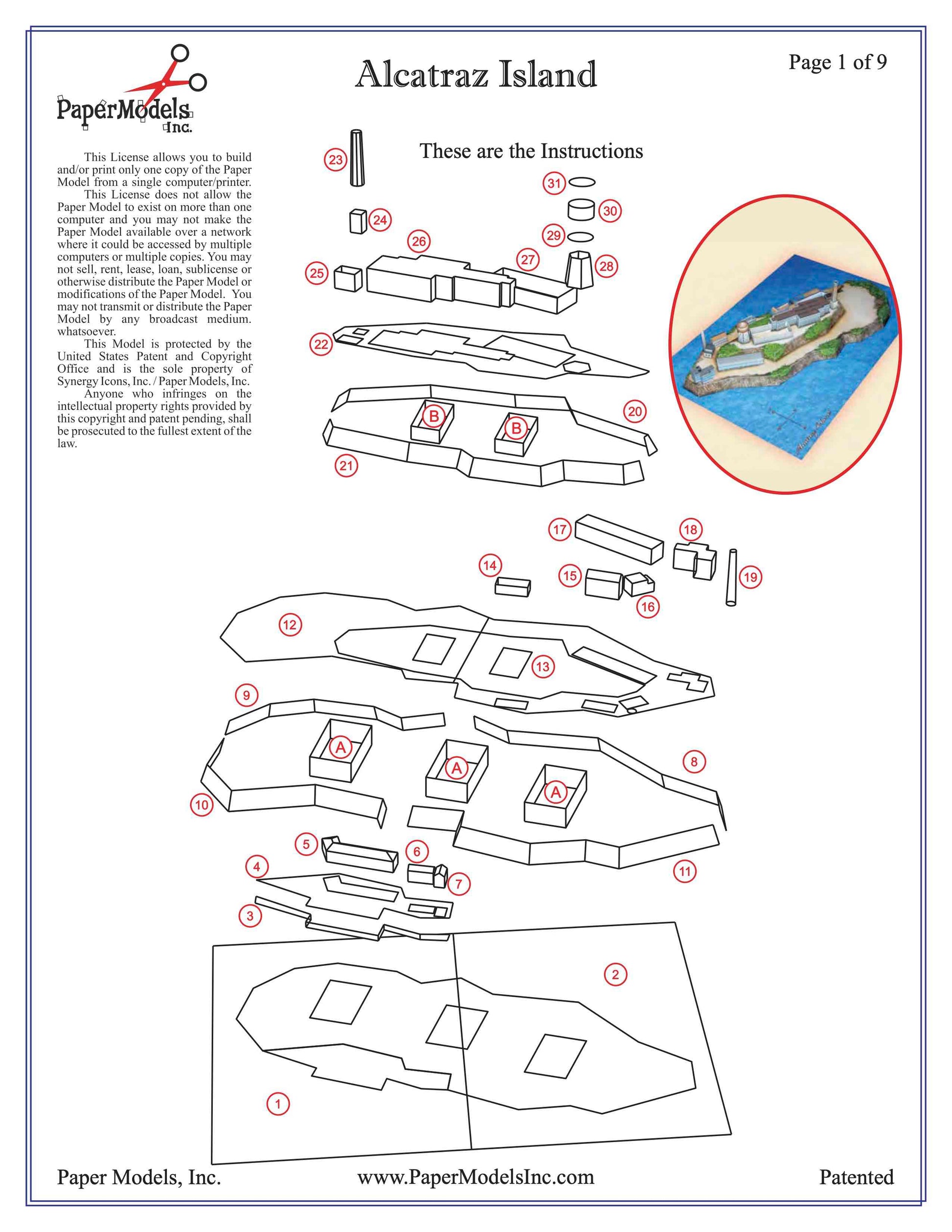Alcatraz Prison & Island - San Fransisco, CA - Paper Model Kit
Alcatraz Prison & Island - San Fransisco, CA - Paper Model Kit
Couldn't load pickup availability
🌟 Welcome to Paper Models Online – Your Shortcut to Academic Excellence! 🌟
Are you tired of stressing over last-minute school projects? Look no further! Paper Models Online is here to make your academic life a breeze.
🚀 Why Choose Us?
At Paper Models Online, we understand the pressure of looming deadlines and the desire for that coveted "A" grade. That's why we've crafted the perfect solution for you! Whether you're a student aiming for extra credit, a parent looking for quality time with your kids, or just someone in need of a break from the chaos, our paper models are your ticket to success!
💻 Instant PDF Download OR Pre-Printed & Shipped
You're in control! Choose from our instant PDF download, starting at just $9.95 for the 7"x10" size or $11.95 for the 10"x13" size.
Print it on your home or office printer using regular paper, or opt for the hassle-free pre-printed option. We'll ship it directly to your doorstep for a flat $5 fee via USPS First-Class Parcel, ensuring you get it in 1-3 days!
✂️ Easy Assembly, Maximum Impact
With just a pair of scissors, some glue, and an hour of your time, you can turn these paper sheets into stunning three-dimensional architectural replicas or complete science projects. The images on our website are real models made from our kits, and we even provide a history to help you craft an impressive report.
🎨 Unleash Your Creativity
Not into mission kits? No worries! Our models double as templates for your creative genius. Paint, trace, adjust sizes—your imagination is the only limit! Create a custom masterpiece that reflects your unique style and personality.
🛒 The Buying Process Made Simple
- Choose Your Size: 7"x10" or 10"x13"
- Choose Your Delivery: Instant PDF download or pre-printed and shipped
- Purchase Your Model: It's that easy!

📦 Typical Kit Sample
Each kit includes 8 to 18 pages, providing everything you need to bring the model to life. An "exploded view" guides you through assembly, and a complimentary history adds that extra touch for your report. Impress your teacher not just with creativity but also with your research skills!
Don't let deadlines stress you out. Choose Paper Models Online for your next school project, and let us be Your Best Way To Get An "A"! 🌟
 |
 |
 |
| Exploded View | Sample Pieces | Finished Model |
Free History For Your Report
ALCATRAZ
Alcatraz Island, also sometimes referred to as "The Rock," is an island in California's San Francisco Bay that has seen a variety of uses throughout its history. Though the island has no population, it remains a very famous piece of land and the focus of many pop-culture and historical references. The island was first discovered in 1775 by Juan de Ayala, and was named "La Isla de los Alcatraces," or, "Island of the Pelicans," due to its large bird population. The island sat empty for nearly a decade until the California gold rush brought heavy shipping traffic into San Francisco Bay. A lighthouse was quickly built to help guide ships safely into the harbor, and ignited in 1853. It was the first lighthouse to appear on the Pacific Coast of The United States, and burned for 56 years until it was scrapped during construction of the island’s prison. A replacement lighthouse was constructed, but was replaced with an automatic electric lens in 1963.
The United States Military acquired Alcatraz Island in 1850 and began using it as a military operations center in conjunction with the nearby Fort Mason, on the mainland of San Francisco. It was soon deemed, however, that the isolation of the island would serve the military well in creating a prison. Used mainly during the Civil War and the Spanish- American War, the inmate population at Alcatraz swelled to nearly four hundred and fifty. The prison structure would soon grow to house a civilian inmate population after the 1906 San Francisco Earthquake damaged many of the city’s existing prison facilities. For the prisoner’s safety, and to keep the prisoners from escaping into the general public, inmates were transferred to Alcatraz, and soon began to completely fill the new three-story jailhouse built on the island. While still operated by the military, the prison remained a minimum-security facility that often allowed imprisoned ranking officers to freely roam the grounds and even play sports in addition to their daily assigned jobs. It was considered by the military that the ice-cold waters and strong currents of San Francisco Bay were enough of a threat that no one would try to escape. During this period, Alcatraz Island also had a civilian population outside of the prison, mostly comprised of Chinese families who took refuge on the island in wake of the earthquake’s damage to the city. These families often worked as servants of the prison system, attending to the daily tasks found around the island.
Despite the effectiveness of such a remote prison, however, the costs to the military to operate the facility was too enormous, and in 1934 control of the prison facilities was turned over to The Department of Justice. Over the next period of time, a complete overhaul was made to the large cellblock on the island, bringing all the facilities up to the latest technology and upgrading the buildings to maximum security. Old tunnels were cemented, steel bars were added, gun towers were erected, teargas canisters were added to the dinning hall and main corridors, and gun galleries for the deputies were built, all inaccessible to the inmates. Also gone was the free-roaming spirit of the military prison, and in its place, a hard-and-fast daily routine was given to prisoners. These routines never deviated, and were designed to keep prisoners in the most minimum of areas possible, to prevent them from learning about the island and their surroundings.
This new, tough, prison was built just in time for the wrath of organized crime that swept over most major American cities in the late 1940’s and early 1950’s. Both The Great Depression and Prohibition led to the rise of mobsters who took control of cities and bribed local police officers and politicians, and led the public in fear of the violent escapades. Alcatraz was considered to be just the place to send these criminals – and the stone walls housed the likes of Robert Stroud, Al Capone, and George “Machine Gun” Kelly. Though no official successful escape attempts were ever carried out, many tried, and many did die in the rough waters of San Francisco Bay. The most famous attempt was by Frank Morris and the Anglin brothers, John and Clarence, on June 11, 1962. These three actually made it to the water, but their bodies were never found. Official prison reports say that the three men drowned in the Bay, but family members reported receiving letters from the inmates years later, postmarked from South America.
Alcatraz Federal Penitentiary was closed after just 29 years of operation on March 21, 1963, by Attorney General Robert F. Kennedy, citing daily costs that were almost three times that of other maximum-security prisons. The island sat empty for several years, until The American Indian Occupation of 1969. During 18-months of occupation, a culmination of various tribes, named Indians of All Tribes, occupied the island, demanding that a cultural and environmental center be built on the land. The Tribe also reasoned that the land was now theirs, citing the 1868 Fort Laramie Treaty that all unused government land should be returned to the native tribes. During this time, the Tribe also burned down or destroyed several structures on the island, including the Warden’s House and the Recreation Center. After the occupation ended, The United States Government demolished several other buildings, including apartments and housing that belonged to both the Chinese families and the deputy housing.
Today, Alcatraz Island is a national historic site and apart of The Golden Gate National Recreation Area. It is open on a nearly-daily basis for tours, and can be accessed by ferry from Pier 33 near Fisherman’s Wharf in San Francisco, California.
Copyright © Paper Models, Inc.
Share
